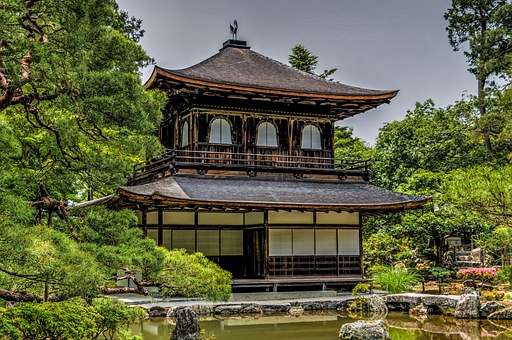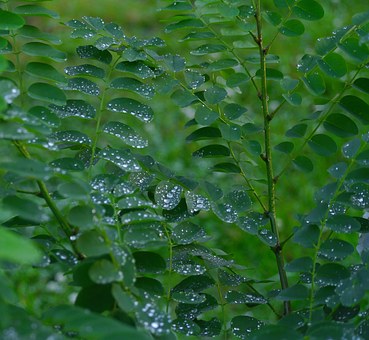Studying The Martial Arts Forms Country By Country

When we speak of the best martial arts forms we are speaking of those martial arts kata that result in a gradual and excessive benefit to the student
. To be truthful, I usually recommend learning as many forms as possible, then specializing on the ones that the student prefers, although there can be tweaks in this approach. I recommend learning whole systems, first taekwondo, then karate, then kung fu, and so on.The kebons are good, basic kata taught in both karate styles and taekwondo styles. Though there are three to five of these introductory patterns, I don't usually count them as forms because they are actually the ABCs of the martial arts.
The next batch of kata to study would be the Taeguks as taught in Tae kwon do. These are basic patterns, more advanced than the kebons, but not as advanced as the Japanese Heians (Pinans). Though they take a few moves from the Heian forms, they serve them up as straight hand to hand techniques, no secret throws or weapons disarms, and no real generation of intrinsic energy.
After the taeguks one should move directly into the Pinan forms from the Shotokan system, the Isshin ryu system, and other Japanese martial styles. The Pinan forms are actually designed more for weapons and weapon defenses, though not many people know that. The idea here is that one studies the Taeguks for hand to hand, then moves into the Pinans for a basic understanding of weapons disarms, and the beginnings of chi generation.

After the Pinans I recommend the three forms found in the Pan Gai Noon, which is the base forms from Uechi ryu Karate, and which are actually three extremely hard core gung fu forms. These three patterns are sanchin, seisan, and sanseirui, though sanseirui is often thought of as more of a show form. These three unique kata are specifically designed to build the internal energy known as chi.
Sanchin teaches a student to bolt the body/motor down to the ground. There are not a lot of moves in it, but the moves are perfectly designed for adapting hard energy to excellent self defense moves.
Sanchin may be the power form, but seisan is the technique kata. This form takes the power of sanchin and transfigures it into (probably) 13 specific self defense moves. These are all based on one specific move called wa uke, which is a circle block with a flesh tearing grab on the end.
So, Kebons to Taeguk to Pinans to Sanchin and seisan; taekwondo to karate to kung fu. This sequencing of martial arts forms provides the student with the absolute best and most complete arrangement of classical training possible. Other forms can and should be learned, but the heart of the art is really in this arrangement of art.
Studying The Martial Arts Forms Country By Country
By: Al Case PS3 Slim the thing you should get this upcoming holiday Trip To The Kennel Jason Voorhees Halloween Costume – Where to Find It On Sale SCENAR device – 5 Tips on Travelling with your SCENAR (SKENAR) device Christmas Letters Help Spread Holiday Cheer Chilling Halloween Theme Party Ideas Holiday Season: The Gift of Custom Jewellery Assam Tea Tourism Festival, Jorhat, Assam Travel companions –your travel buddies Single travellers Its the time for fun Freedom of being on your own with solo travelleing For Spring Color, Plant Bulbs in the Fall Shopping Around The Holiday Season